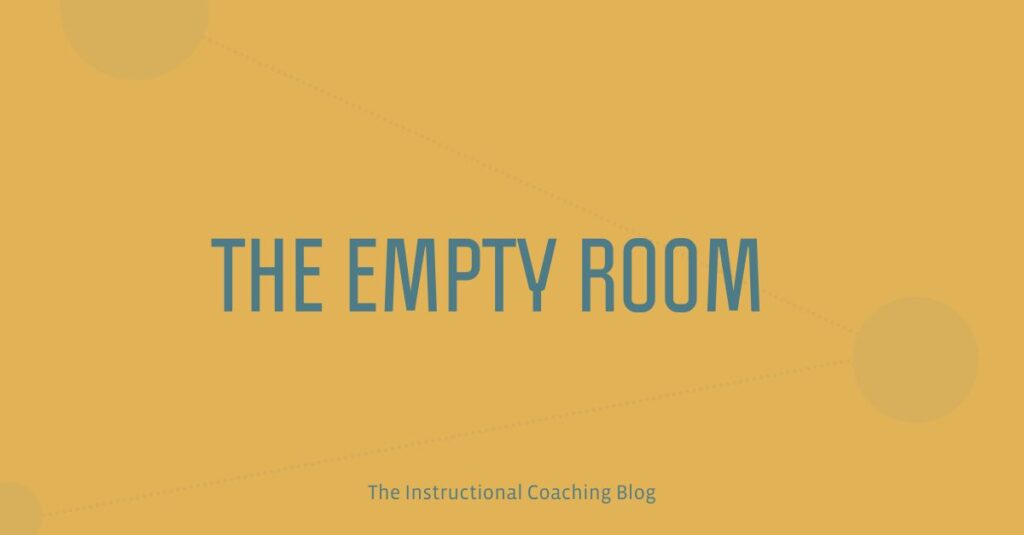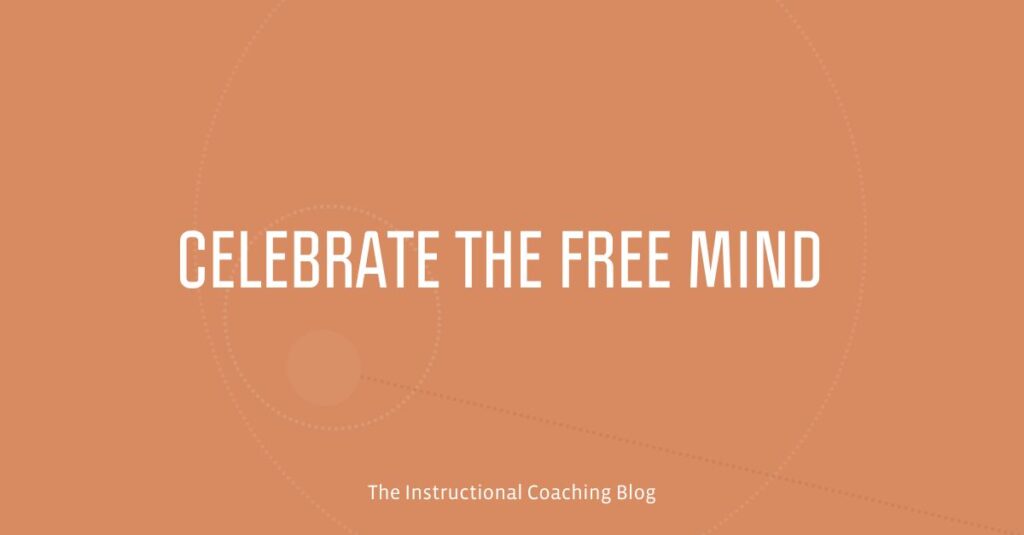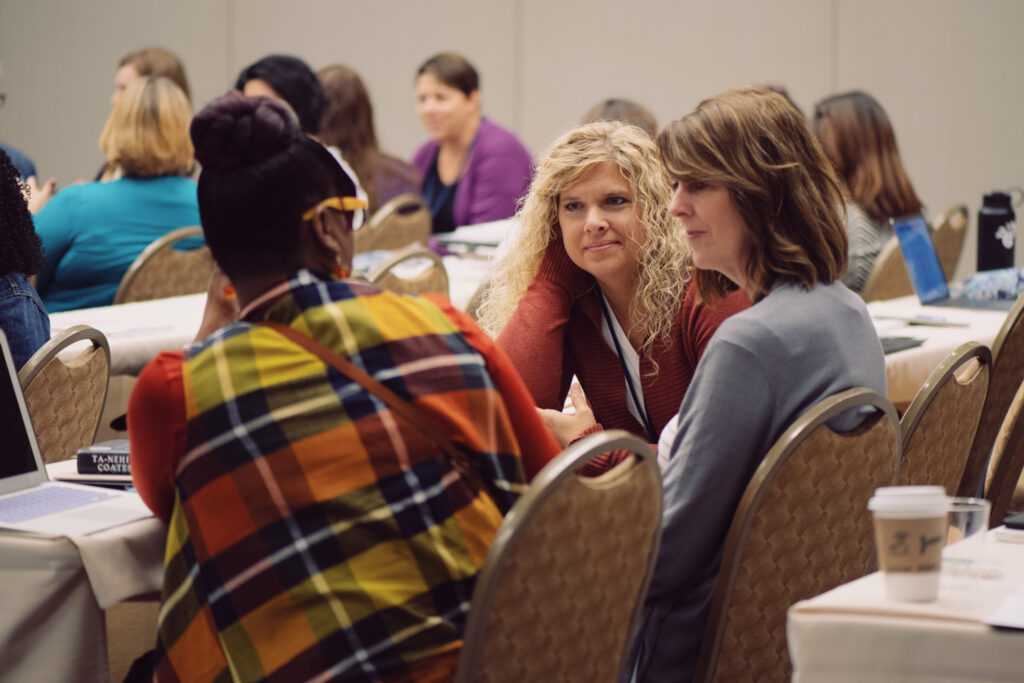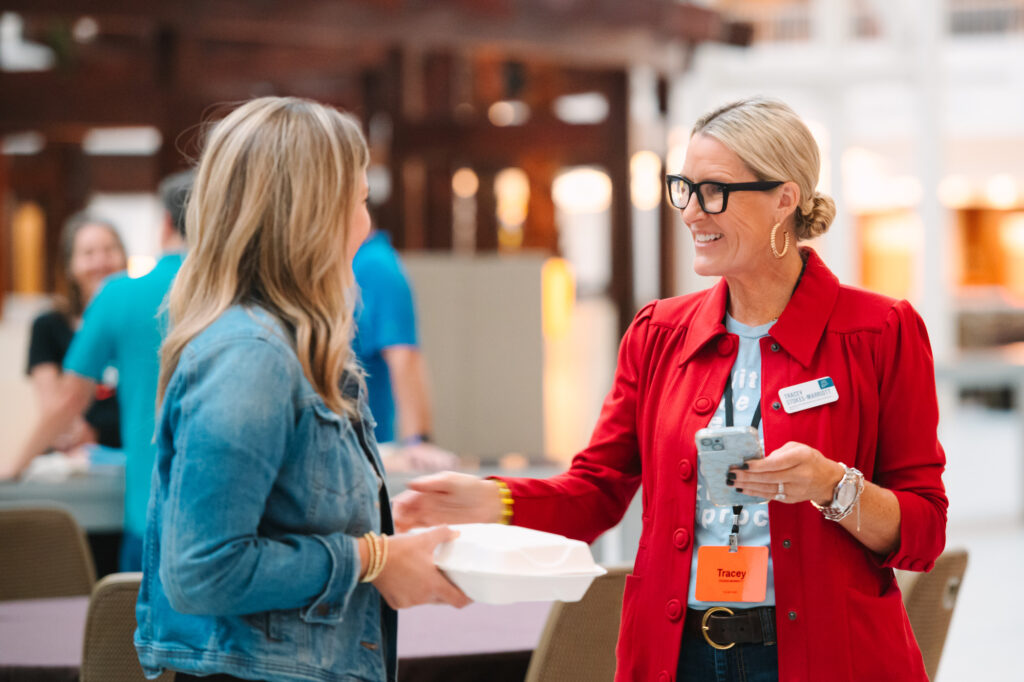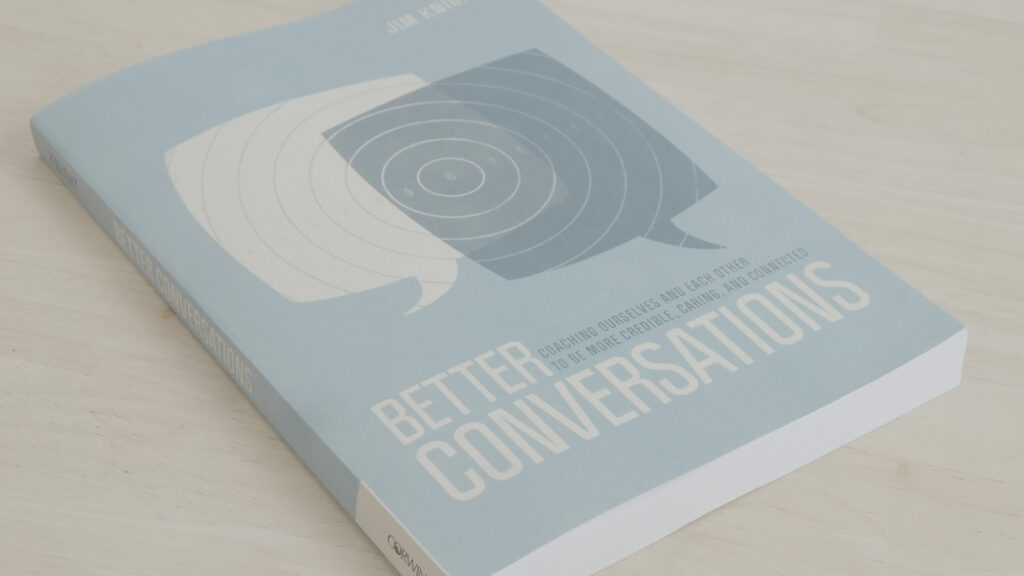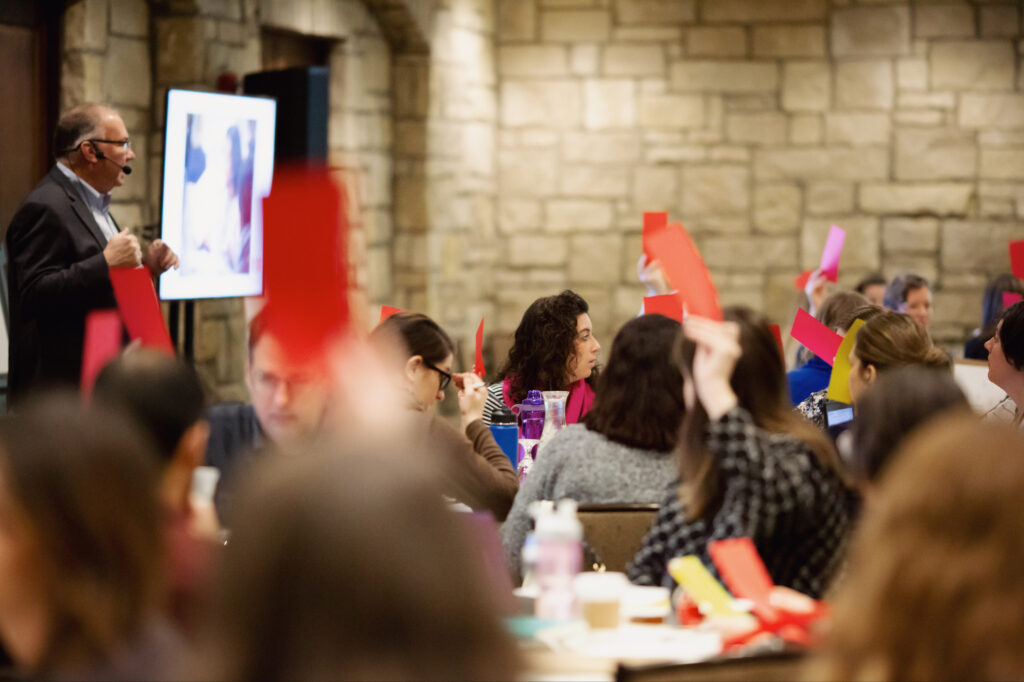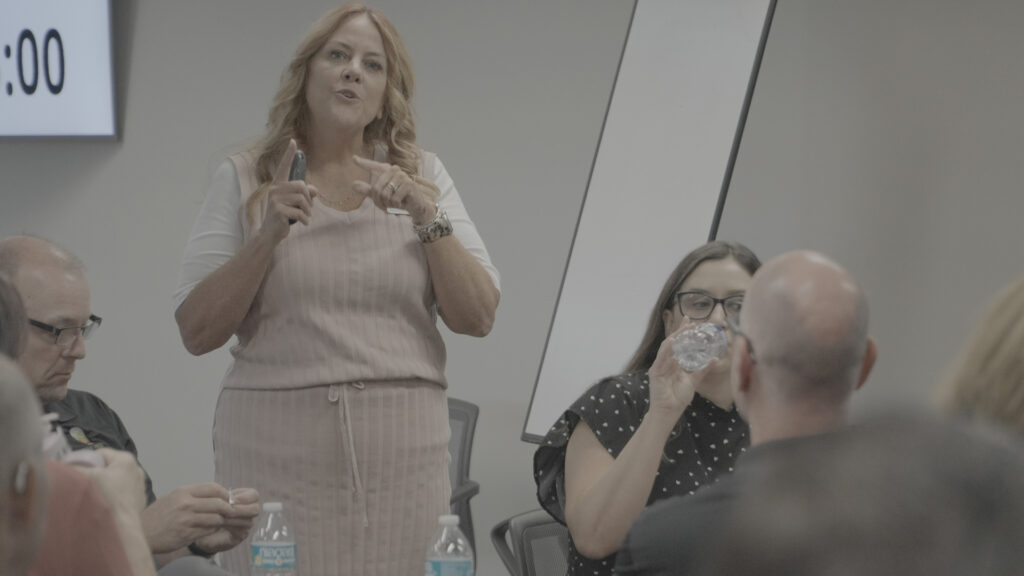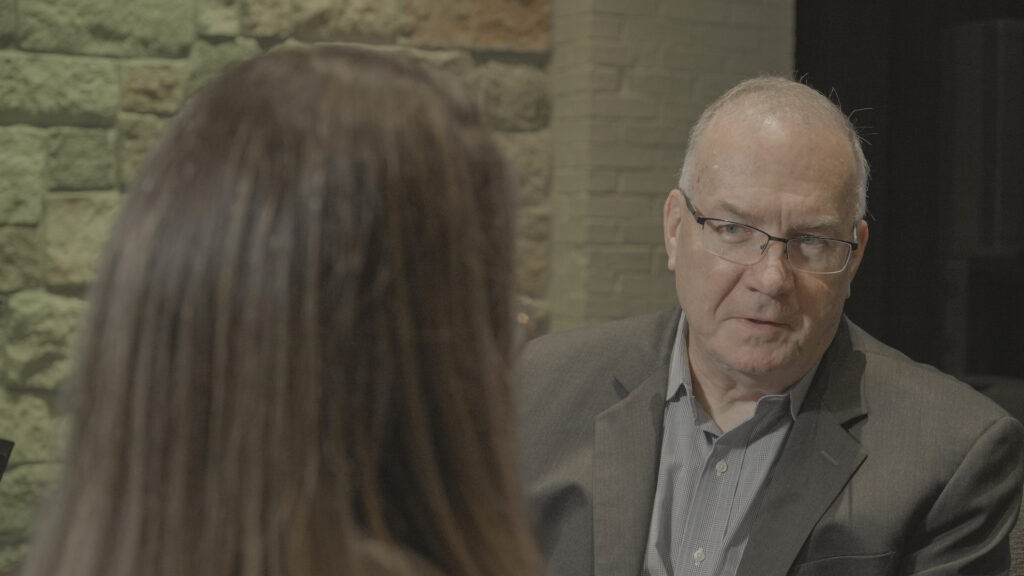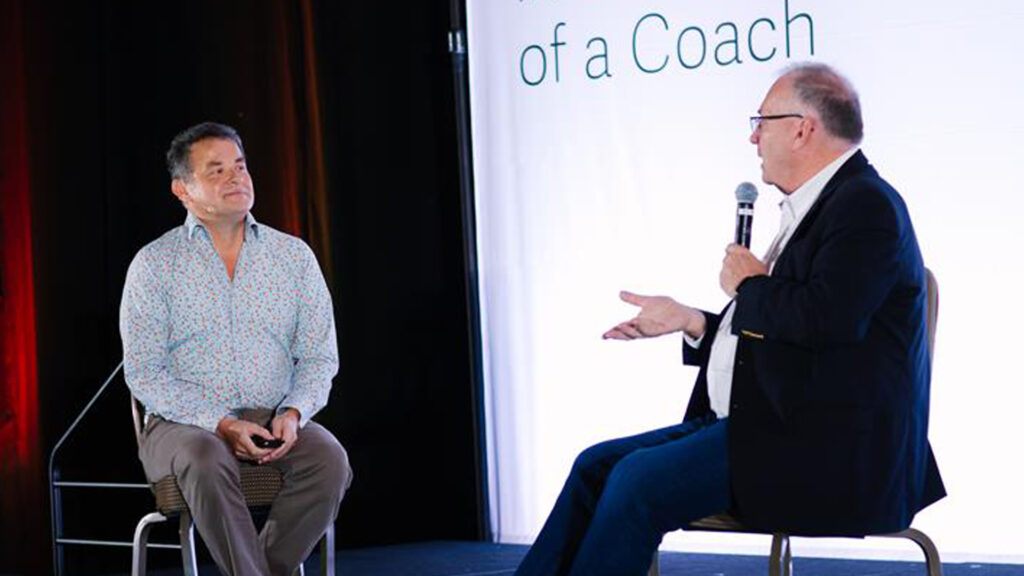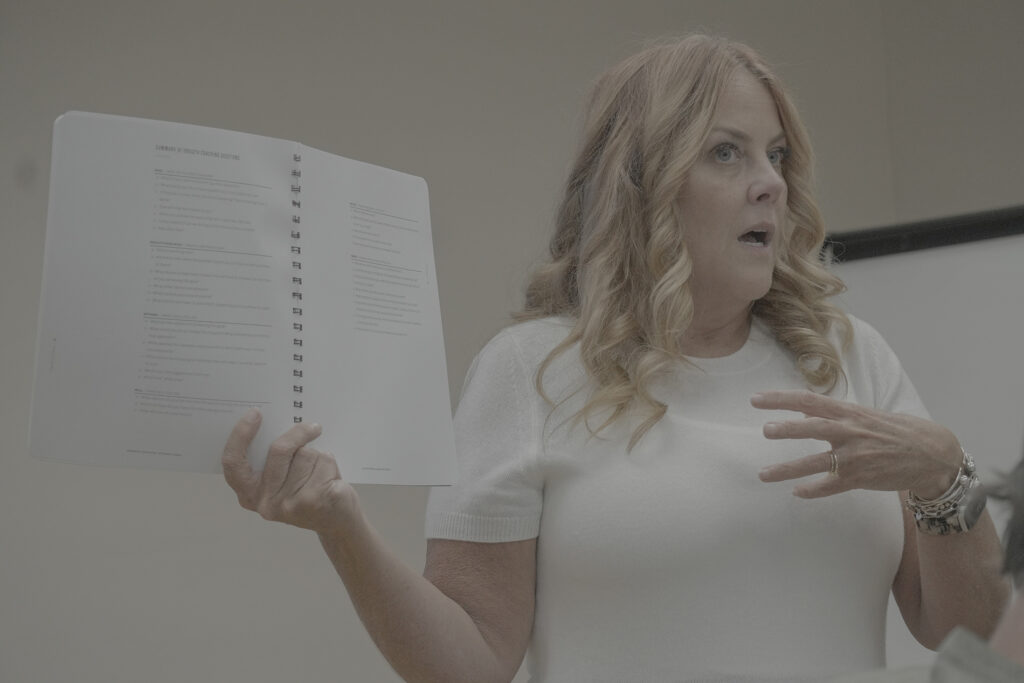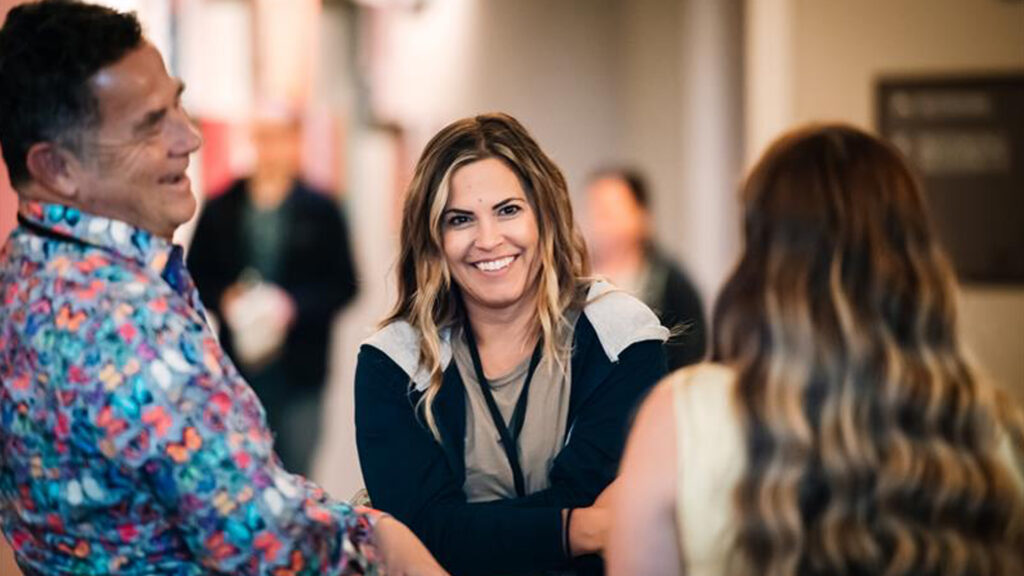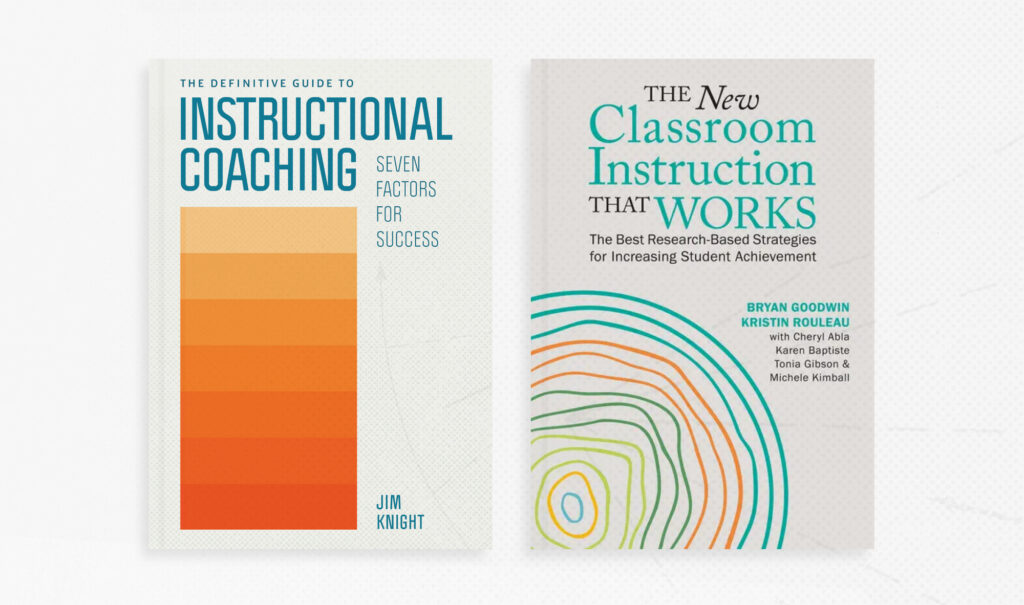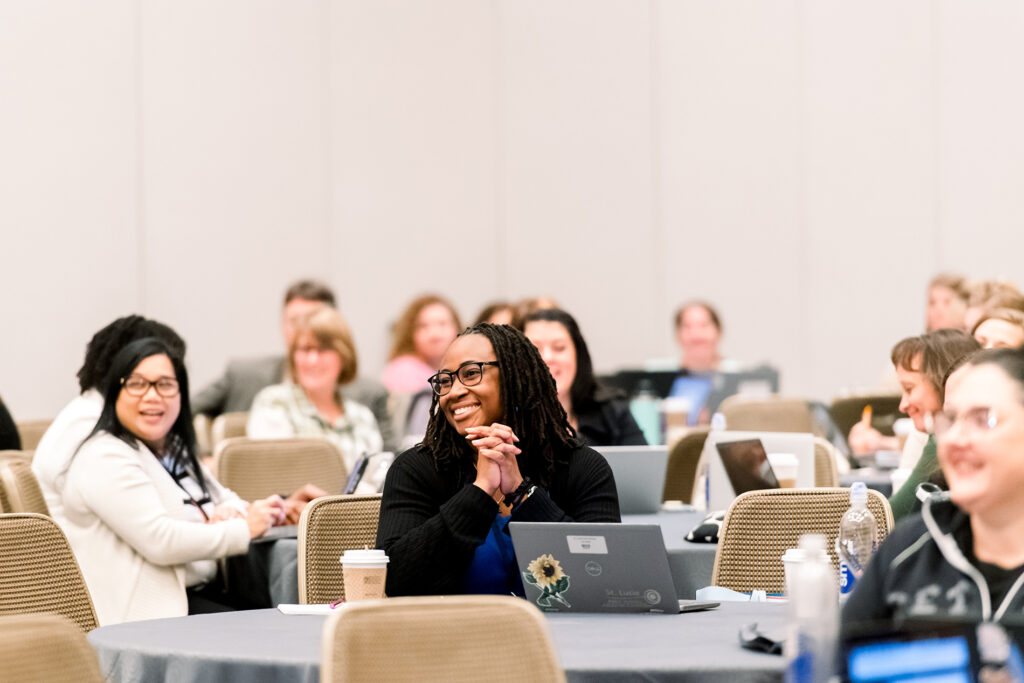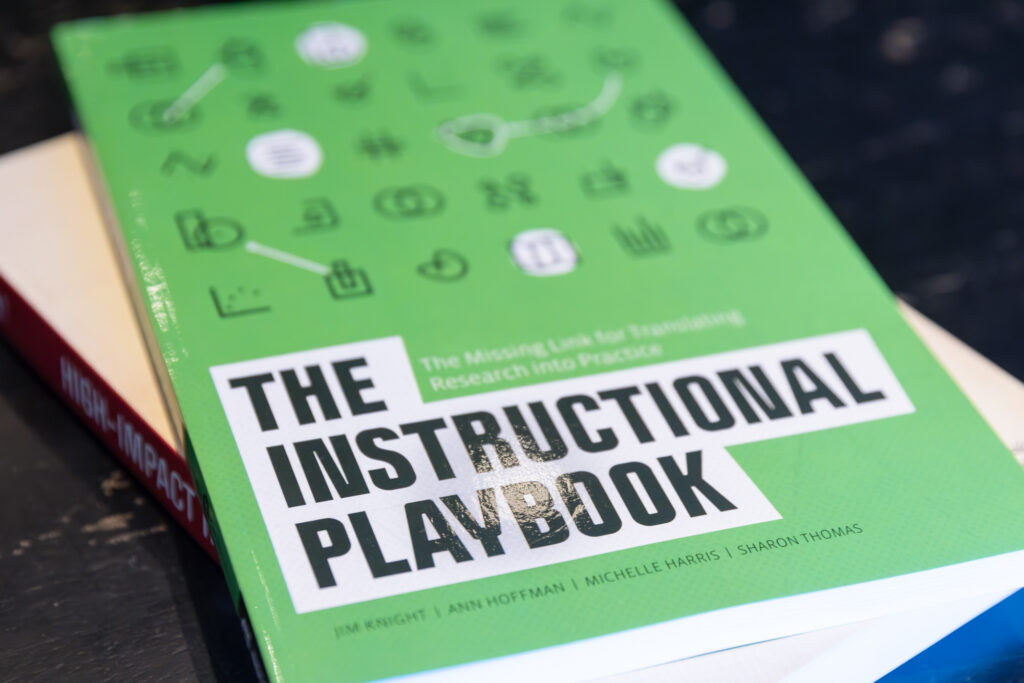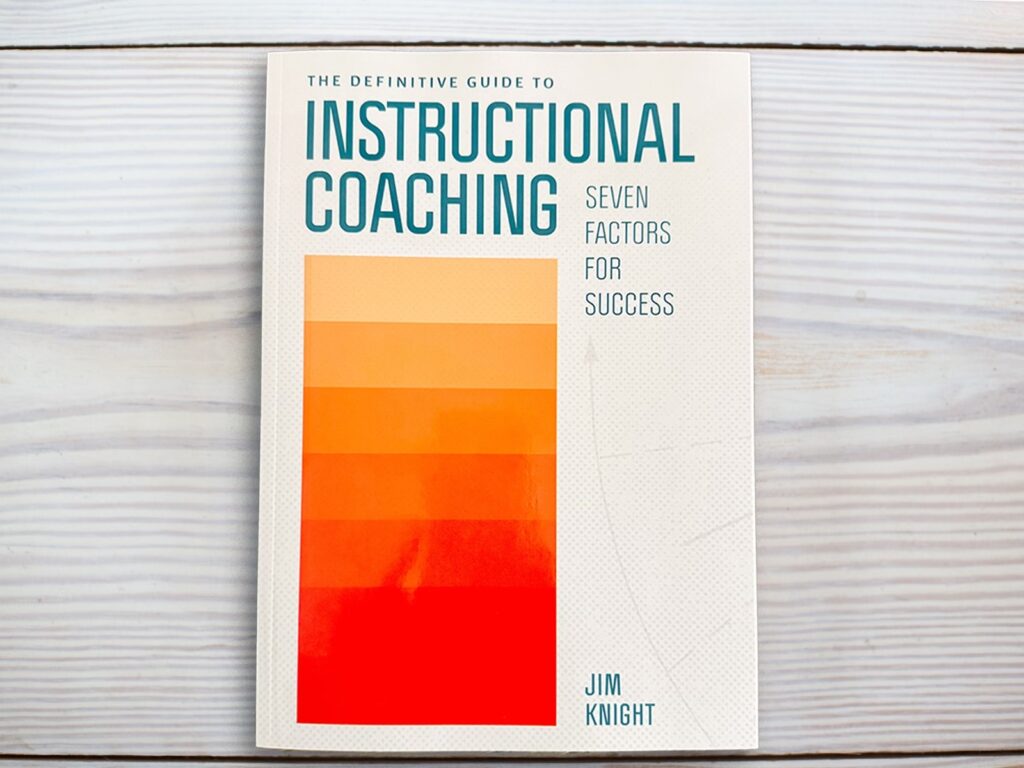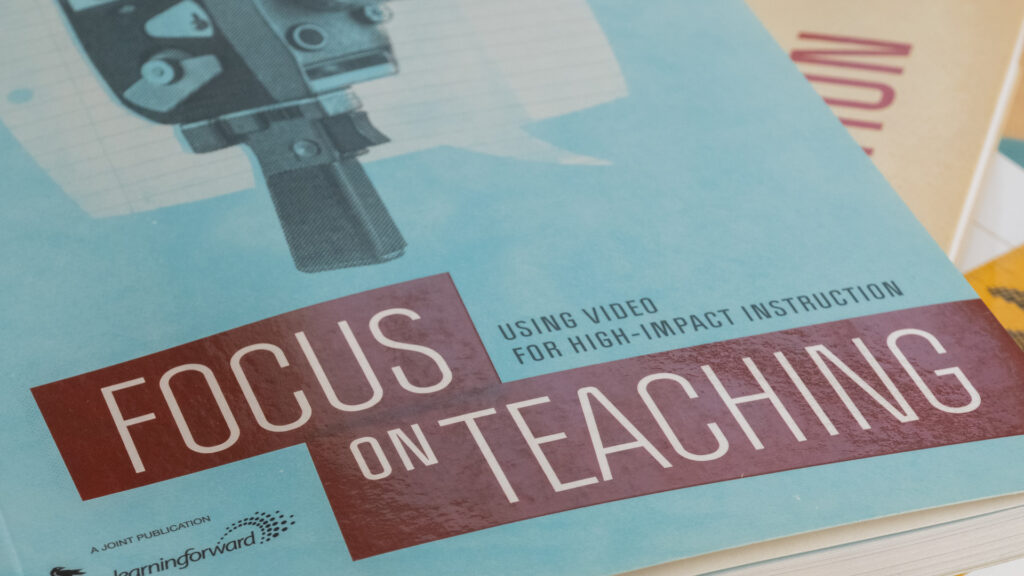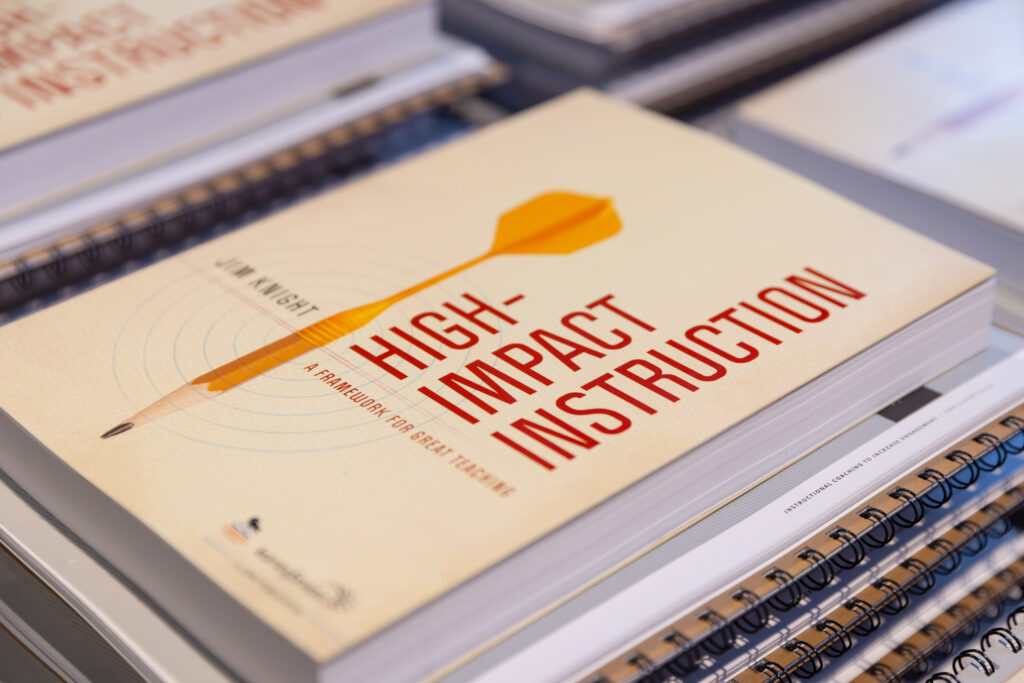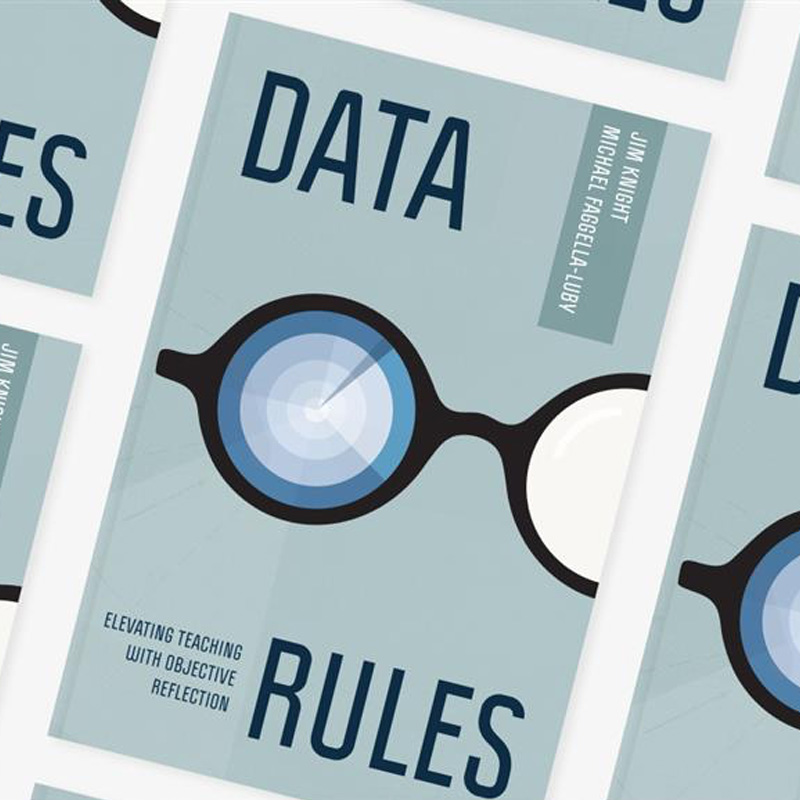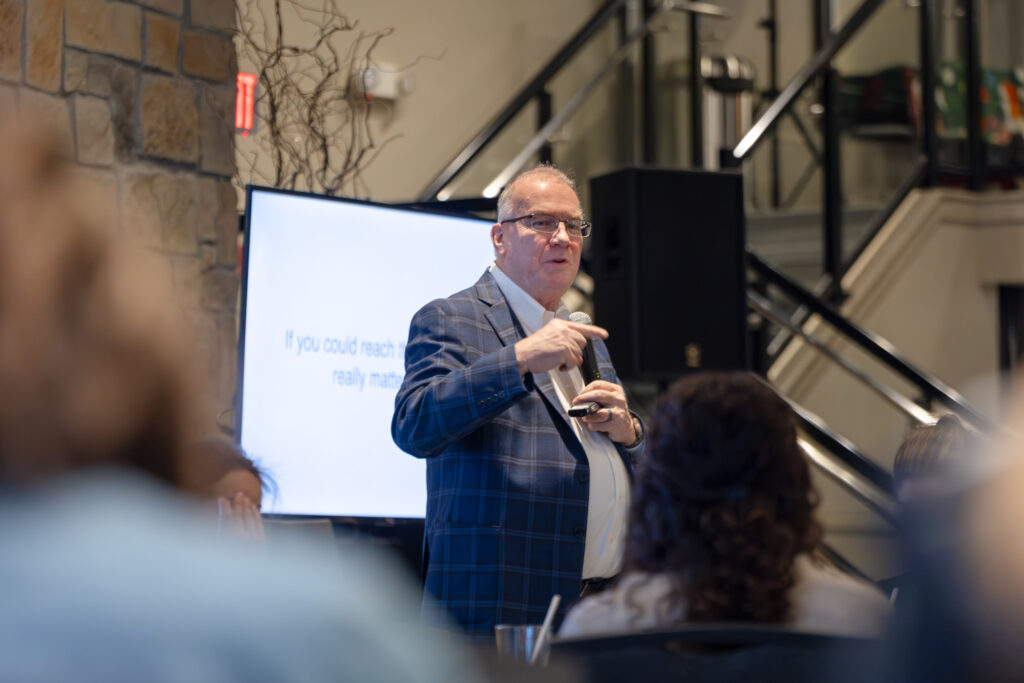This is a guest blog from Michael Fisher an Educational Consultant based in Western New York. Mike writes his blog @ http://digigogy.com and is @fisher1000 on Twitter.
There are a lot of ways in which you can be a radical learner. The important thing to remember is to not try to make a lot of changes at one time. Concentrate on just one thing.
Here are some examples of ways in which you can be radical right now:
Join a learning network.
There are lots of ways to do this, whether you engage through Twitter, Facebook, social bookmarking, blogging, or something that is already established like a NING – a platform for people to create their own social networks. There are several popular NINGS that you can join, including The Big Four, the Educator’s PLN, Curriculum 21, or Classroom2.0. Nings provide an opportunity to network with other educators in an environment that lets you interact in multiple and meaningful ways.
Another way to be a radical learner right now is to replace something traditional in your curriculum with something new and different. Take a critical look at what you’re already doing. Look at it through your students’ eyes. Are the curricular elements that you have designed based more on your comfort than your students’ needs? In essence, does the curriculum in your classroom lean more towards the traditional or is it more current? Does your teaching methodology prepare your students for 2025 or for 1975? Look at the assessments you offer to determine student learning. How can you make them reflect 21st-century teaching and learning? Brainstorm some ways to offer alternatives to the ways that you traditionally assess student learning. Talk to your colleagues on your grade level or in your content area to come to a consensus on the changes we you wish to make together. Commit to a change based on your brainstorming conversation and implement it. When it’s done, reflect on how it worked. If it worked well, brainstorm again and upgrade something else. If it didn’t work well, try something different and continue your path of curricular growth.
You can also be a radical learner by adding tools to your toolbox or to your students’ toolboxes. Try out a new web tool. One of my favorites right now is LiveBinders.com. This website works a lot like social bookmarking sites that let you save links to share with others, but the big difference is that the sharing of links through this site is visual. You get an actual working snapshot of the website you’d like to share right within its framework. There are lots of implications for the use of this website in an educational setting. It can simply be used as a visual collection of sites related to the content being taught, or something more involved like a virtual portfolio. Another website I like right now is called Storybird. This website lets students write and share books online. The coolest thing about it is that it gives students an opportunity to choose the visual elements first and then come up with their ideas for writing. Yet another website, which I’ve been using in workshops with teachers, is called Google Search Stories. I like this website, not only for its simplicity but also because it can be used as an assessment piece. If the kids know the right questions to ask, do the answers really matter? This web tool is a Youtube add-on that creates a video of questions and what the subsequent search might look like. Students can share their creations as a discussion starter or as an assessment of learning.
One of the most important things to realize about being radical is that it’s not a one-person job. Those around us who are the most radical are most likely those who know how to work their network and collaborate, converse, and work collegially toward doing what’s best for students. To that end, I challenge anybody who is looking to be radical immediately to seek out colleagues, students, anyone you might encounter who is on the periphery, the fringe or on the outside, and bring them into your circle of wisdom.
Our greatest worth is in our collective power, and the more of us there are who are working toward the goal of doing what’s best for students, the better job we will ultimately do.
Being radical makes sense. Being radical truly means being a 21st-century citizen.
P.S. This blog post was 99% created with Dragon Dictation software, another one of my new favorite things!
